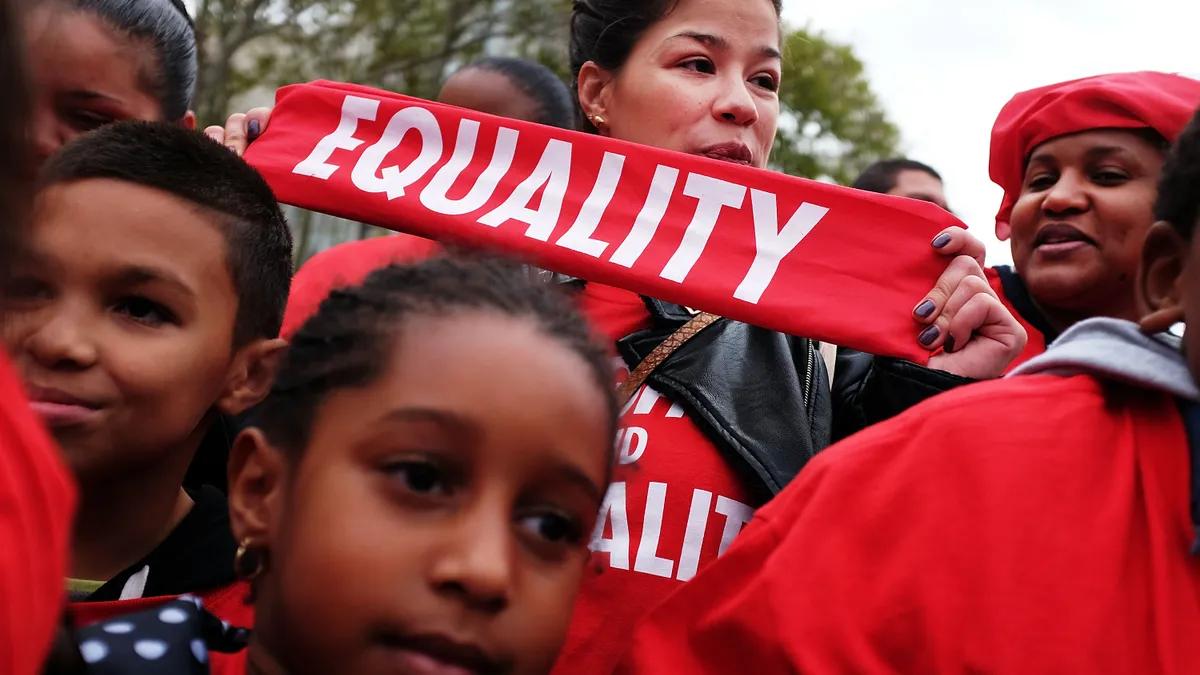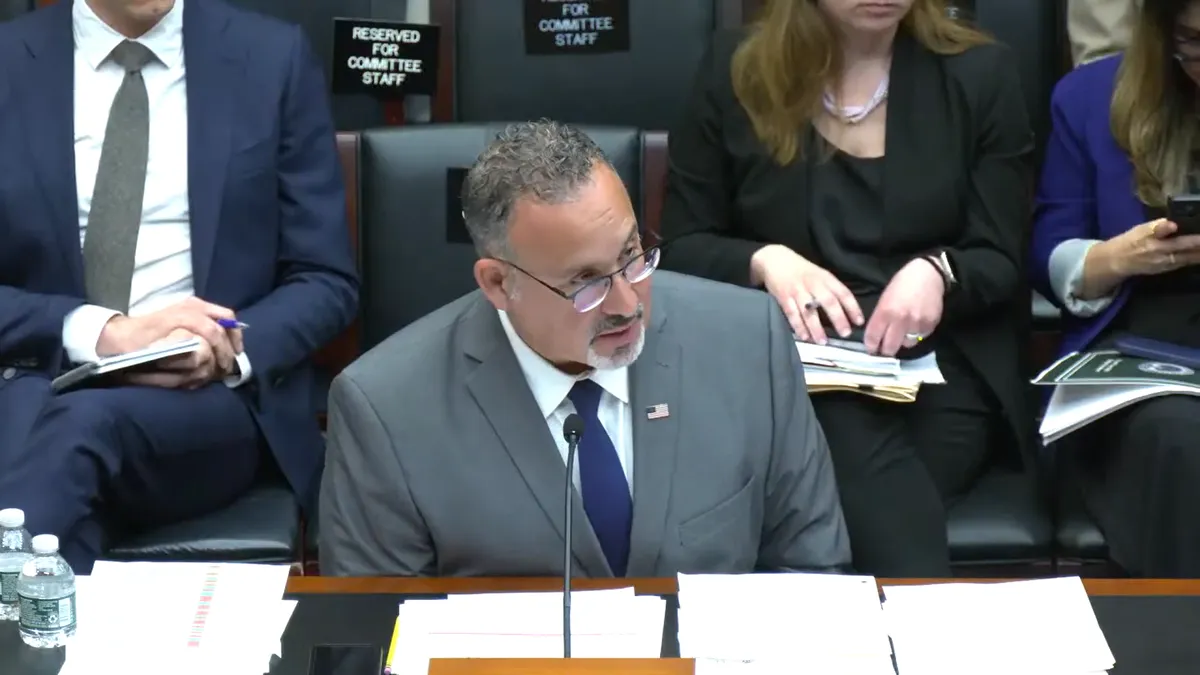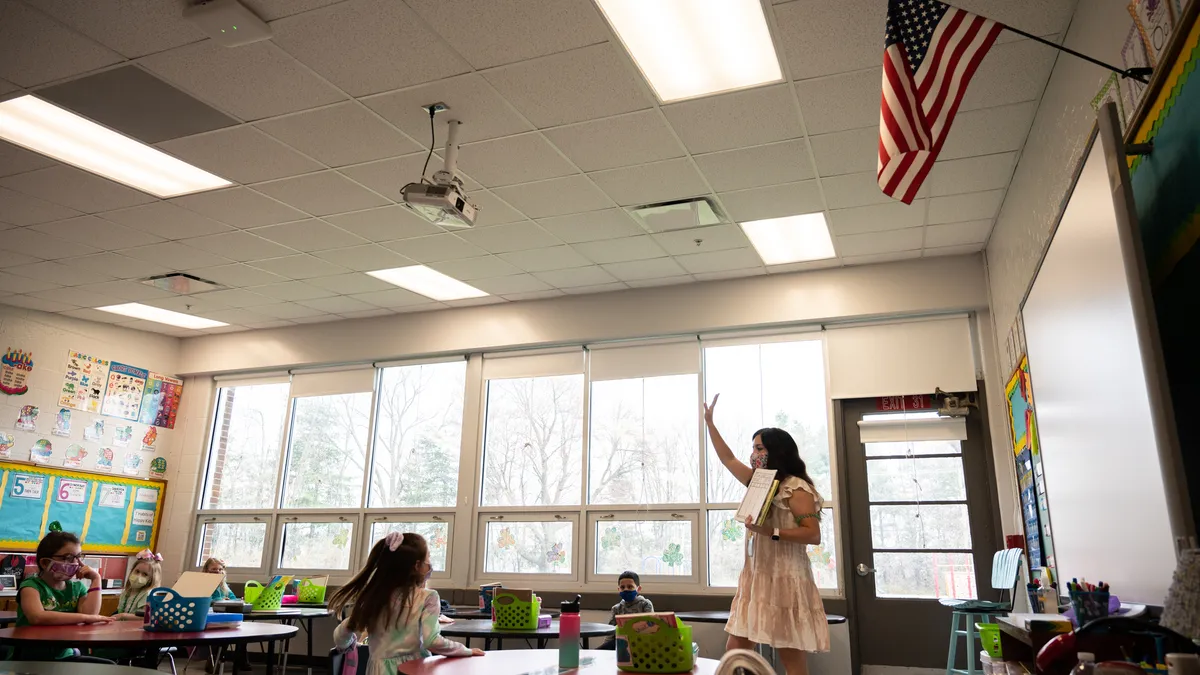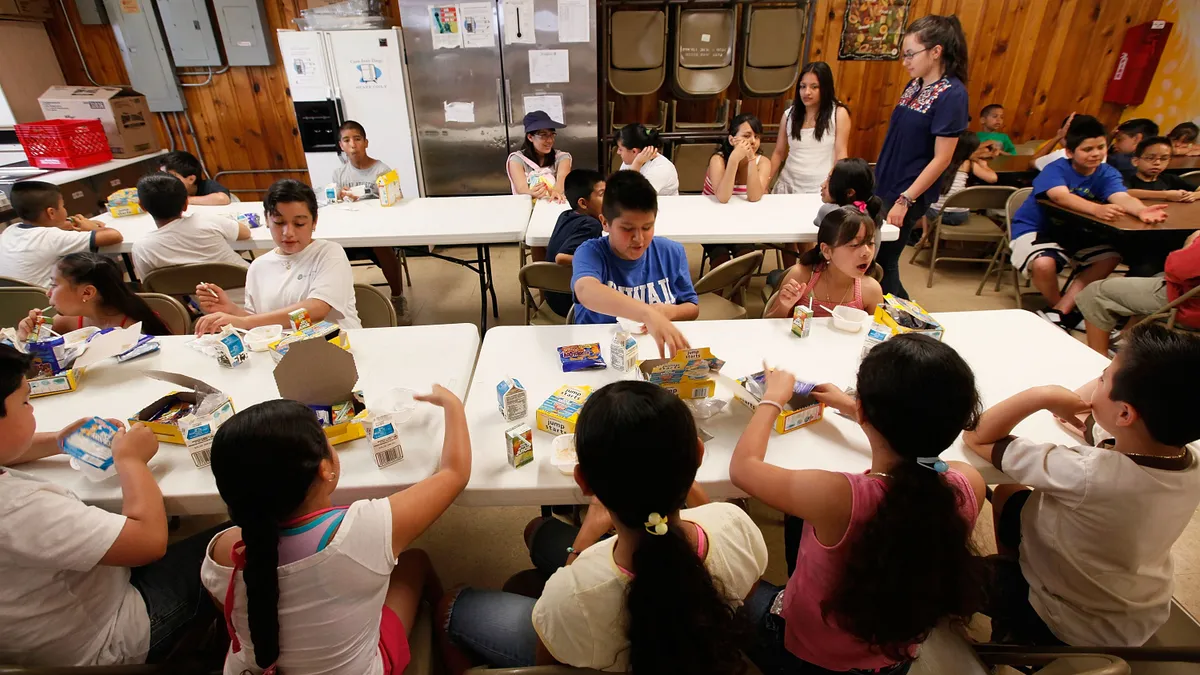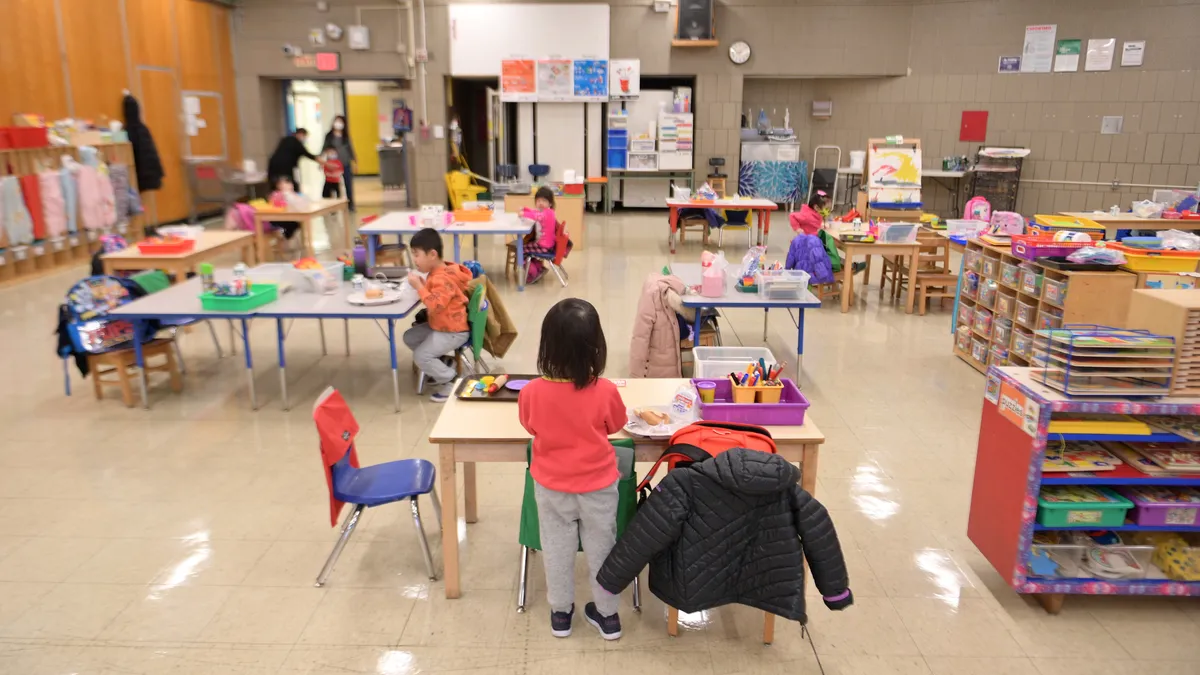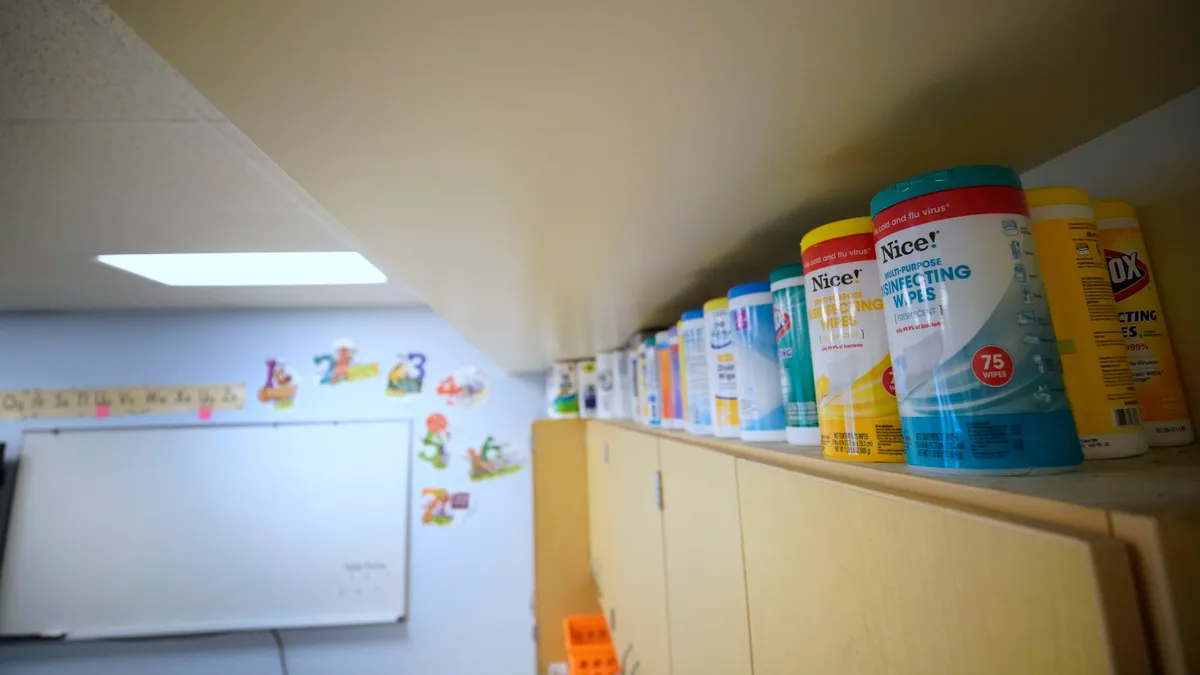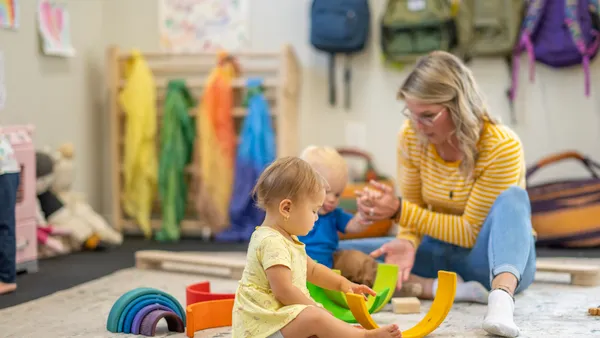Early learning and child care advocates are warning of a dire lack of child care spots as temporary pandemic-era funding expires.
The American Rescue Plan, which went into effect March 2021, provided $23.97 billion for child care stabilization grants to states, territories, and tribes based on the current Child Care and Development Block Grant formula. The funding was specifically targeted to help the child care industry meet the challenges caused by the COVID-19 pandemic.
The spending deadline for those funds is Sept. 30.
According to a survey conducted by the RAPID Project at Stanford University's Center on Early Childhood Education, nearly 1 in 4 child care programs would have folded without the federal emergency funding. That finding is based on responses collected from 1,057 child care providers between October 2021 and March 2023.
According to calculations by The Century Foundation, an estimated 3.2 million children will lose access to child care, and about 70,000 child care programs will close once the stabilization funds run out.
Democrat lawmakers on Capitol Hill are proposing to extend the stabilization funding by providing $16 billion in mandatory funding each year for the next five years. But with less than a week to go for Congress to agree on a FY 2024 budget or face a government shutdown, it's unclear how far the proposal will go.
"There was a child care crisis even before the pandemic — and failing to extend these critical investments from the American Rescue Plan will push child care even further out of reach for millions of families and jeopardize our strong economic recovery,” said Sen. Patty Murray, D-Washington, in a Sept. 13 statement.
Here's a closer look at the impact of the child care relief dollars and early childhood care needs across the country:








 Dive Awards
Dive Awards

